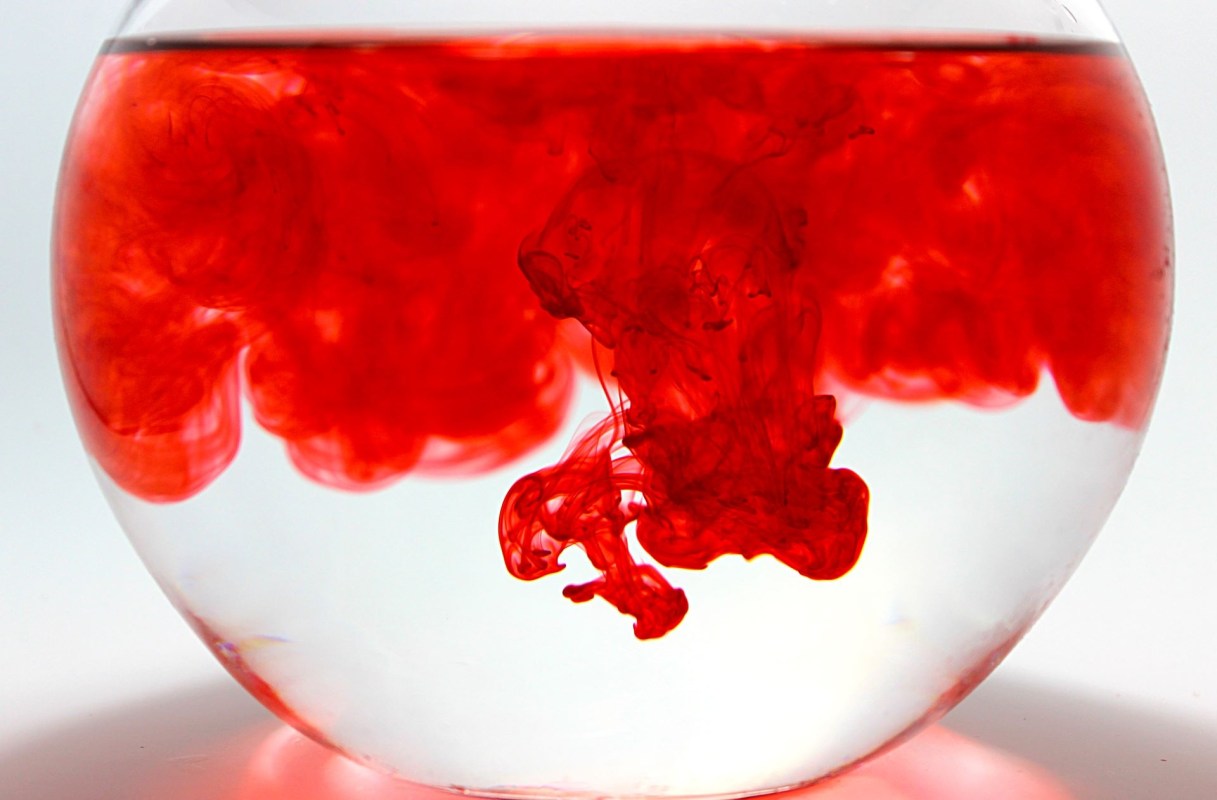Red No. 40 is one of several synthetic food additives that may have adverse health effects on humans. Luckily, one company may have found an alternative to Red No. 40 — a natural replacement made from, of all things, fungus.
What is Red No. 40?
Red No. 40 is a synthetic compound used to dye various food products. It is made of a chemical compound known as Allura red AC, or naphthalene sulfonic acid. Although the FDA has authorized Red No. 40 for use and consumption, its safety has often come into question.
For example, Red No. 40 and other similar food dyes have been linked to hyperactivity in children and have been found to be contaminated with carcinogens. The Environmental Working Group gives Red No. 40 a "D" grade, classifying it as a product of "high concern," and the European Union requires products using the dye to carry a warning label.
Why is replacing Red No. 40 important?
The health concerns around Red No. 40 have led many companies to seek alternatives, preferably sustainable ones.
Biodesign startup Michroma has engineered a substance it calls Red+, a "premium high-performance sustainable natural colorant" that accommodates vegan, kosher, and halal diets.
The compound is both pH-stable and thermostable, meaning it can withstand various levels of acidity and heat. These properties make it an ideal substitute for manmade chemical dyes like Red No. 40.
In addition to touting the utility of its product, Michroma is clear about its commitment to sustainability. The company says it uses "clean agro-industrial waste" as feedstock in its fermentation processes, processes that it says use less water and arable land than other natural food colorants, such as beet juice.
"Yielding year-round supply and optimal scalability, Michroma's Red+ is kind to both our health and the planet," the company writes on its website.
How Michroma's Red+ helps replace Red No. 40
By using naturally occurring fungi as opposed to petroleum — the typical basis for many artificial colorants — Michroma says it can make cleaner food dyes at scale. The company says it uses "precision fermentation" to encourage fungi to create the colors that define the company's products and that Michroma's "fungal biofactories" can be easily deployed to reduce transportation costs and pollution.
Although it offers many advantages over the synthetic Red No. 40, Michroma's Red+ product prides itself on versatility.
"It can survive spray drying, extrusion, and pasteurization," Michroma's co-founder and CEO Ricky Cassini told food industry outlet Food Navigator. "And one gram of our colorant has 58 times more coloring power than the beet, the usage [dose] is really, really low."
Michroma's products are already drawing significant industry interest, having raised $6.4 million in a recent seed funding round. That money, some of which was invested by food giant General Mills, will help the company expand research and development and more than double the size of its workforce by 2025.
Join our free newsletter for easy tips to save more, waste less, and help yourself while helping the planet.








